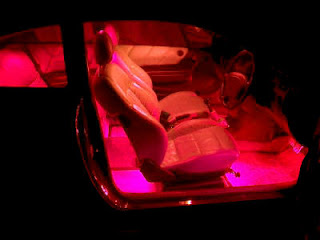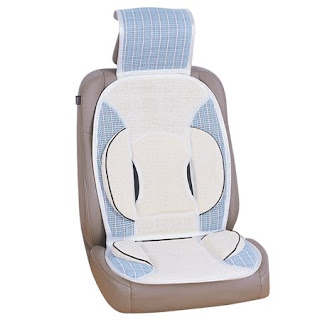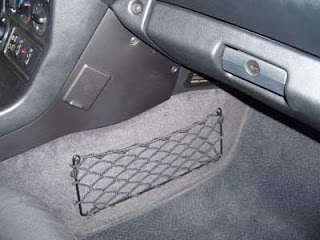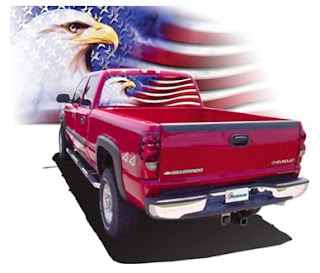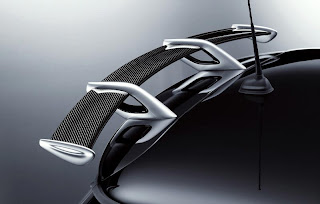Who said work can only be done at the office? You can do it from the comfort of your car. You can ask someone to drive while you finish some reports, or you can do the driving while the missus prepare for a presentation. The kids can also do their homework on their way home, or on their way to the school. However, if you don’t have the necessary tools, gadgets and accessories, working and studying inside the car can be awkward and taxing. Here are some things that you can get to make your second office a l’il more comfortable.
Lap DesksBalancing your laptop, notepad, calculator and worksheets on your lap can be very tricky. The solution? A lap desk. Most travel lap desks have a ridged surface or a felt covering to prevent the things laid on it from slipping. There’s even room for your morning coffee. If your kids forgot to bring their playthings and would like to color some books or draw instead, then you can get a kiddie lap desk too. They vary in size. Some are big enough to hold a notepad and a calculator, while others can hold a big-sized laptop.
 Trash Receptacles
Trash ReceptaclesOf course there are those occasional bumps on the road that would cause you to make mistakes while writing on your notepad or worksheet. If you need to start over again, you can just scrap that piece of paper and throw it in the trash bag. The floor is big enough to hold all your trash, but if you don’t want to clutter up your car then having a trash receptacle would be nice. If you want one that can be hidden from view, get a under-the-seat trash bag. On the other hand, if you want one that’s more accessible you can get a trash can, instead.
 Portable Fans
Portable FansYou can work comfortably if it’s cool inside the car. If the a/c is no longer up to its usual standards, then a portable fan is just the device to get. These are lightweight fans that don’t take up that much space. There are clip-on fans if you don’t want to go through the hassle of drilling a hole in your dashboard. But if you have the time, then you should get one that can be mounted permanently on the dash. These can be plugged into any 12V socket. You can use the slot for the cigarette lighter for that, or the one you use for the cellphone charger.
 Portable Appliances
Portable AppliancesAfter working long and hard, the only thing that can get you going is a hot cup of coffee and pizza. But if the nearest fastfood chain is nowhere near then you can make do if you have portable appliances like a 12V coffeemaker and an oven. Other useful appliances are a blender, stove, cooler and warmer and travel mugs. These are also great when you are on long trips. The food and drink can keep you awake at night while you are driving. The food can also keep your kids occupied so you can enjoy some peace and quiet.
 Air Fresheners
Air FreshenersHow will you be able to work inside your car if the carpet stinks, or if all you smell is your pet dog that’s in tow? There’s a simple solution to that problem – an air freshener. Again there are a number to choose from. They can be categorized according to type and of course, smell. You can hang one on your rear view mirror. There are also others that you can stick to your dash. If you want a more powerful air freshener, an air sanitizer and deodorizer is the one to get. But of course nothing ever beats a clean car.










